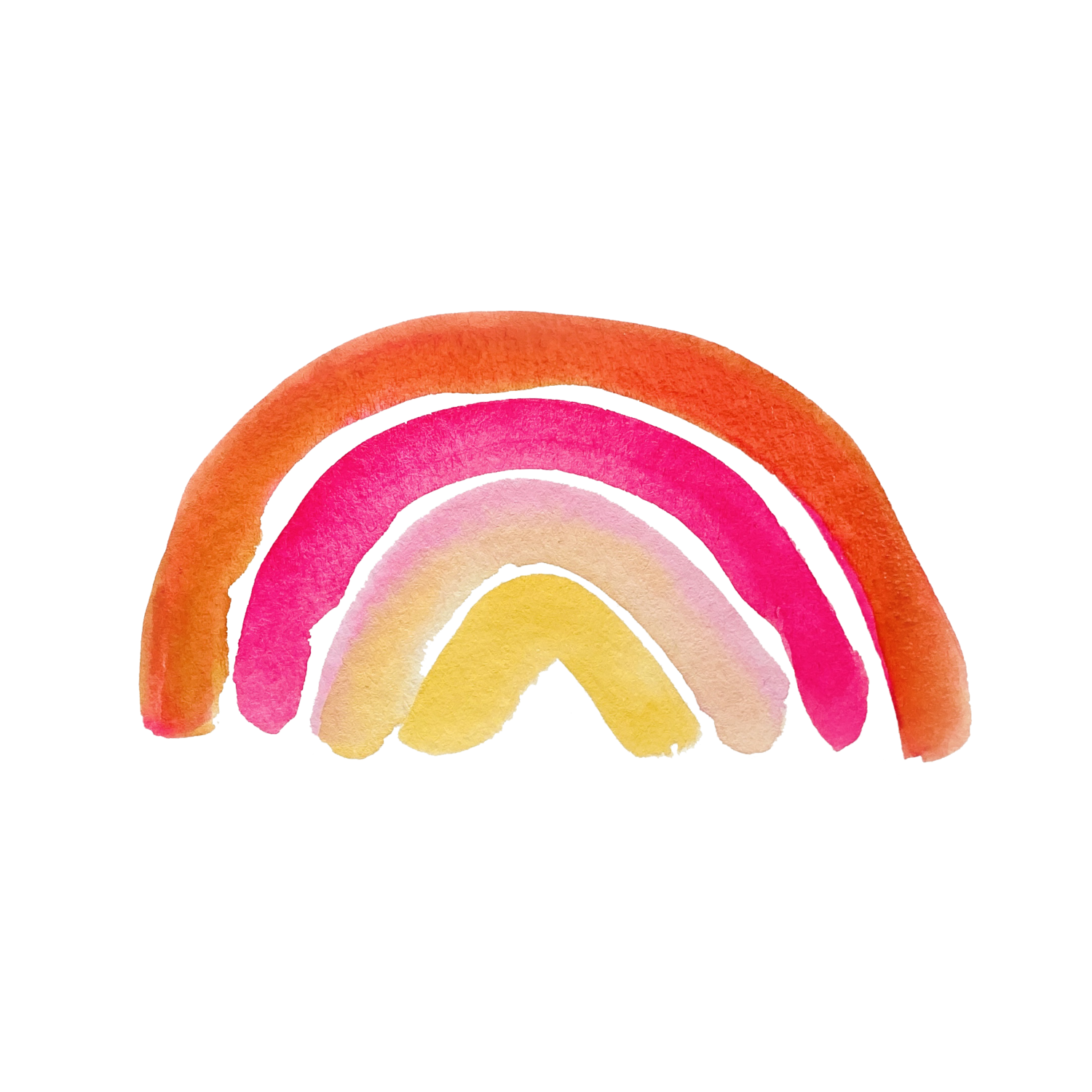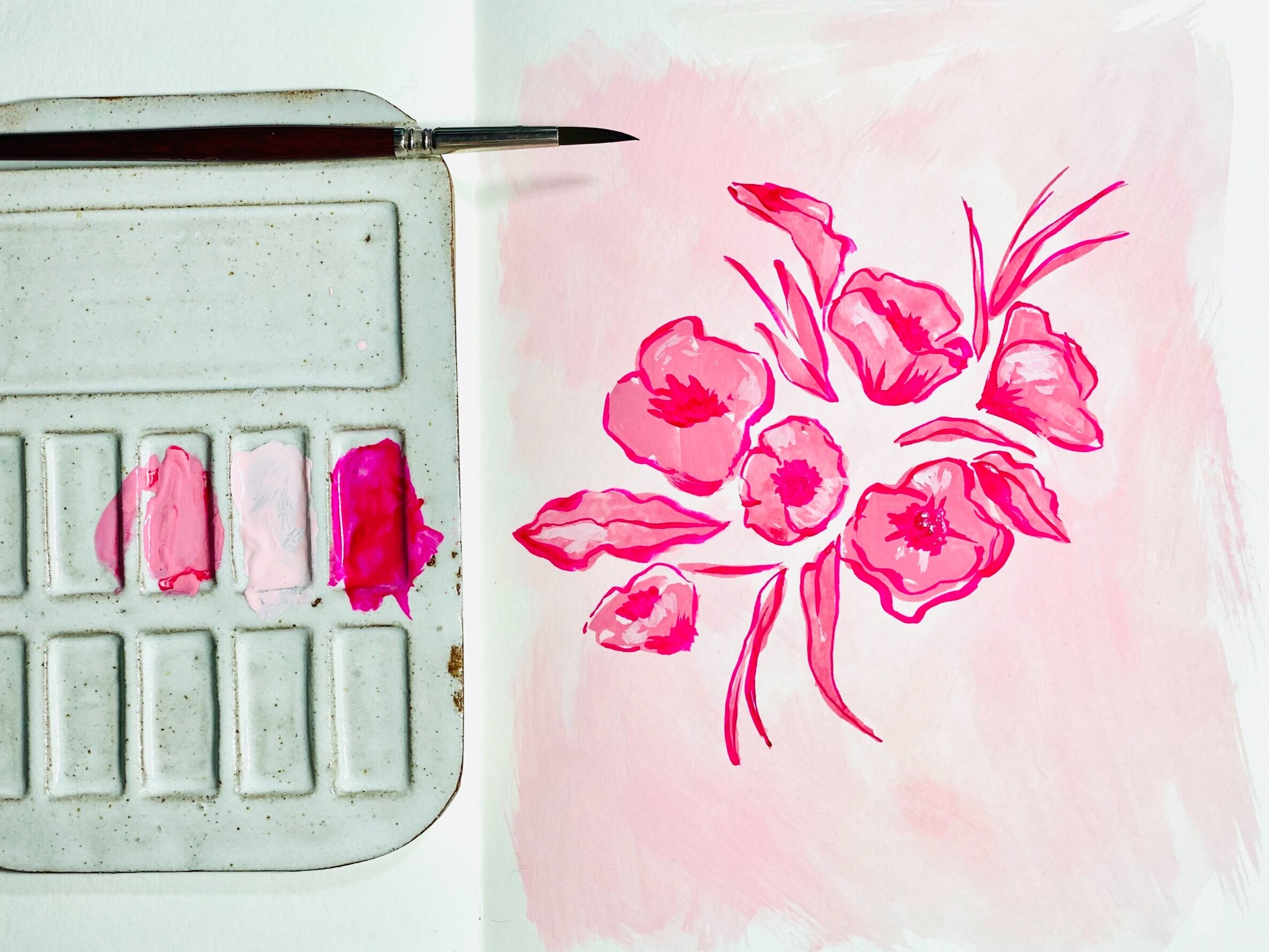A Guide to Watercolor Paper
You may be starting out in watercolor painting and hear topics like hot or cold press, GSM paper weights and you’re just not sure where to begin. You might ask yourself the following: Does it matter which paper type you pick when you’re starting out watercolor painting?
Many people have said it doesn’t matter BECAUSE you are learning. I would disagree. The paper affects the outcome and how you feel about your ability as a painter. if you have a lot of what we call “grain” in your final painting, you might not like watercolor painting very much. It’s similar to how oil painters pick which surface they want to paint on; Some paint on wood, some on canvas, and others like board. Boards are smooth and easy to work with, while canvas has a distinct texture. Depending on the type of paper you pick, you can have a completely different outcome, texture, and style of work.
The image below shows a test with three different brands of paper painting the same subject.
Here are 3 watercolor basics for paper
#1
GSM “Grams Per Square Measure”
GSM means “grams per square measure.” For the watercolorist this translates to the weight of the paper. We care about the weight because the more thickness the paper has, the more water it can absorb before it buckles or warps, which is called cockling. I explain cockling in another article here. Typically, I work with a 140lb-300lb GSM paper depending on if the painting is going to be hanging in someone’s house, or if I am just doing exercises and going to scan the artwork for digital art. Most watercolor artists seem to prefer a 300lb paper because it can handle layers of watercolor painting with no problem. Since thickness varies between brands regardless of measurements, I will do a sampling with a clean hand. I was taught to let your hand run across the tooth of the paper to see if it’s smooth or has a lot of imperfections, and then touch the edge of the paper to sample it’s thickness. Just always make sure your hands are clean before you do this.
#2
Cold or Hot Press Paper
Cold or Hot press paper refers to the texture and processing of the paper. Hot press paper is smooth and easy to work with while cold press has a paper grain that will show through your work. You can never truly get rid of the texture and if you plan on taking pictures of your work, this might be frustrating as it was when I began painting. I like to Photoshop the backgrounds of my paintings when I want them on a completely white background. However, it always looked weird afterwards, because the paper grain would show through the paper, just not on the background. I didn’t realize until later why my Photoshopping looked artificial. It looked artificial because the paper grain remained in parts of the image and not in others.
In conclusion, paper determines the outcome of what you create. Botanical artists prefer a high quality hot press paper, because it allows them to work on a smooth surface. Water absorbs quicker with cold press which is also another disadvantage to using it. If you’re painting 400 layers of color, you don’t want the paper to take a lot of color quickly. This could cause areas of your painting to dry darker than you wanted.
The discussion about hot vs cold paper continues here if you would like to know more about why to pick each one.
#3
Student Grade vs Professional Paper
If you plan on keeping the painting or framing it, then I would recommend picking professional paper even when you’re starting out. Some artists choose to keep the first painting they make as a reminder of their progress years down the road. However, selecting an acid free paper will ensure that your painting lasts for years to come. Many student grade papers are not acid free.
Reasons Student Grade Paper Isn’t the best option:
The paper typically isn’t acid free and won’t last for years.
This paper doesn’t hold water well.
Paper tends to buckle or peel.
Could cause you to develop a lack of confidence in your own work if you’re fighting the paper.
Paper made from wood pulp will turn yellow over time.
Student grade paper has its place as well. If you are practicing your brush stroke technique, doing quick paintings just for your notes, or using a student grade watercolor to test out colors, it can be very useful. However, most machine produced papers will give your work a less professional feel. Handmade paper can be very expensive, but it is higher quality. Transitioning to a professional quality paper will give you more control over color consistency and texture in your painting. It tends to be smoother and the colors will look different.
Conclusion:
Typically, I go with the higher quality paper for all projects. I never know if I’m going to frame a project or I might sell it. If you are at the point where you could sell your work, you might want to consider professional paper. This is something your local art store owner can recommend for you. If you’re interested in reading more about the paper test above, or finding out which brand of paper is my absolute favorite one so far, then head over to here.
I hope these three recommendations for paper can set you off on the right path for picking the paper that works for you. Stay tuned as we post about all things watercolor.



